Who are the Amazighs of Morocco?

As the oldest inhabitants of North Africa, the Amazigh people have a physical presence in the Maghreb for thousands of years. Constituting more than 40% of the current Moroccan population, the Amazigh culture is prominent in all of Morocco. If you like to learn about the Amazighs of Morocco, their history, traditions, and arts. This is the blog for you!
History of Amazighs
The Amazighs are known to be the indigenous people of North Africa. With proof of their mention in the oldest hieroglyphs ever discovered, in the temple of Amun at Thebes in Egypt. Their community covers almost five million square kilometers, from the Egyptian-Libyan border to the Atlantic Ocean and from the Mediterranean coasts to Niger, Mali, and Burkina Faso. Notably, they prefer to be called the Amazigh, the “free and noble men”, rather than the "Berbers", a Greco-Roman appellation meaning “barbarians” which, in principle, designates any population outside of the axis Romanus.
The Amazighs acted throughout the centuries as middlemen and exchanged goods like leather, silver, copper, and luxury goods. Amazigh Leather and Amazigh jewelry rank among the oldest handmade crafts.
What is the Amazigh language?
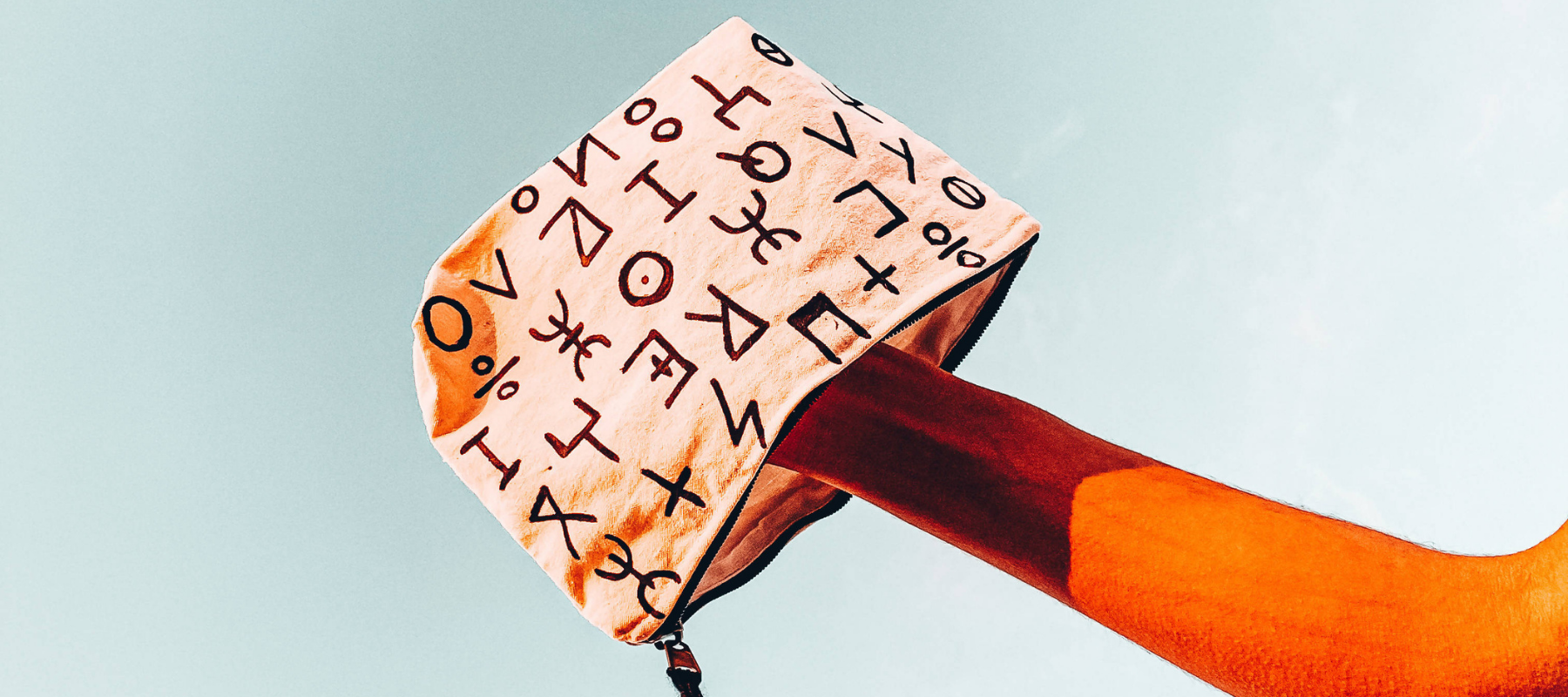
The Amazigh language is considered to be one of the old languages, as it dates back to 3000 BC.It is Spoken by a third of Moroccans and uses a unique alphabet called “Tifinagh”. The name Tifinagh is said to mean "Phoenician".
It is thought to have originated from the Punic script, with some influence from the Arabic alphabet.
Now a more standardized version, sometimes called neo-Tifinagh, is in use in primary schools in Morocco.
Moroccan Amazighs are divided into several tribes which speak one of three principal dialects of the Amazigh language which are:
- Rifi of the Rif;
- Tamazight of the Middle Atlas, the central High Atlas and the Sahara;
- Tashilhit of the High Atlas.
Here’s our selection of products with the Tifinagh alphabet:
What are the Amazigh traditions?

Do you know what year it is in the Amazigh calendar? This year 2022 marks the year 2971 for the Imazighen! The celebration of Yennayer’s “first-year” is the Amazigh's way to preserve their identity and to keep it alive.
And if we talk about the Amazigh tradition, we have to mention the Distinctive Amazigh Tattoos. Although tattooing is no longer practiced by most Amazigh women, in the recent past, when a girl reached puberty, sometime between the ages of eleven and fourteen (a time that generally coincided with her first menstrual cycle), her mother, aunts, or family friends would tattoo her face and wrists. Tattooing was a rite of passage, marking a girl‘s transition into womanhood.
We’re in love with this beautiful Poster of a tattooed Amazigh woman.
What is the difference between Amazigh and Tuareg?

The Tuaregs are the Amazigh people of the Sahara desert. With a nomadic spirit, their traditional nomadic lifestyle keeps them on the move in search of resources to satisfy their needs and those of their livestock. Most known for their indigo blue scarfs, the Tuareg people pride themselves on their traditional and nomadic lifestyle.
Tuaregs are known for their handmade silver jewelry and Amulets that incorporate geometric shapes (triangles, lozenges, diamonds) and the Hamsa-hand symbol that protects against the evil eye.
Amazigh tribes and types of weaving?
Amazighs are famous for their refined and unique handmade rugs unearthed in the Atlas Mountains and exclusively woven by hand with natural wool. Amazigh rugs differ by tribe:
Beni Ourain rugs:

Beni Ourain rugs are typically made of sheep’s wool and are a specialty of the region of the middle atlas. All Beni Ourain rugs share a signature style with geometric designs with subtle differences in elements and color.
Amazigh Kilim rugs:

Amazigh Kilim rugs are handwoven by the local women in the atlas and they are made of premium quality wool with pure Amazigh design and Amazigh colors. These rugs are exceptionally stunning.
Azillal rugs:
Azilal rugs are known to tell stories through their bold colors and patterns. Originating from the provincial capital of central Morocco about 180 km from Marrakech. They are made from pure sheep wool mixed with cotton and horizontally woven using a gridded line of knots.
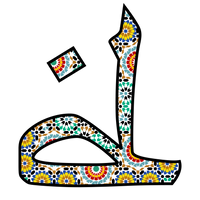
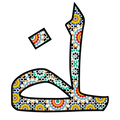
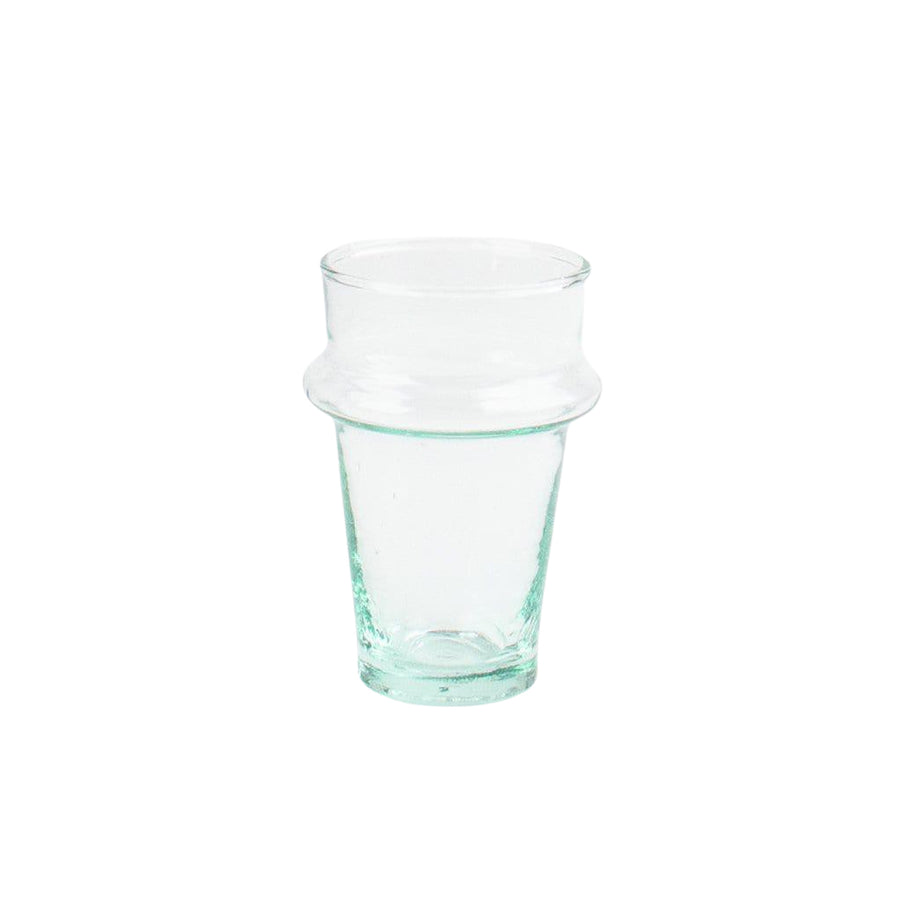
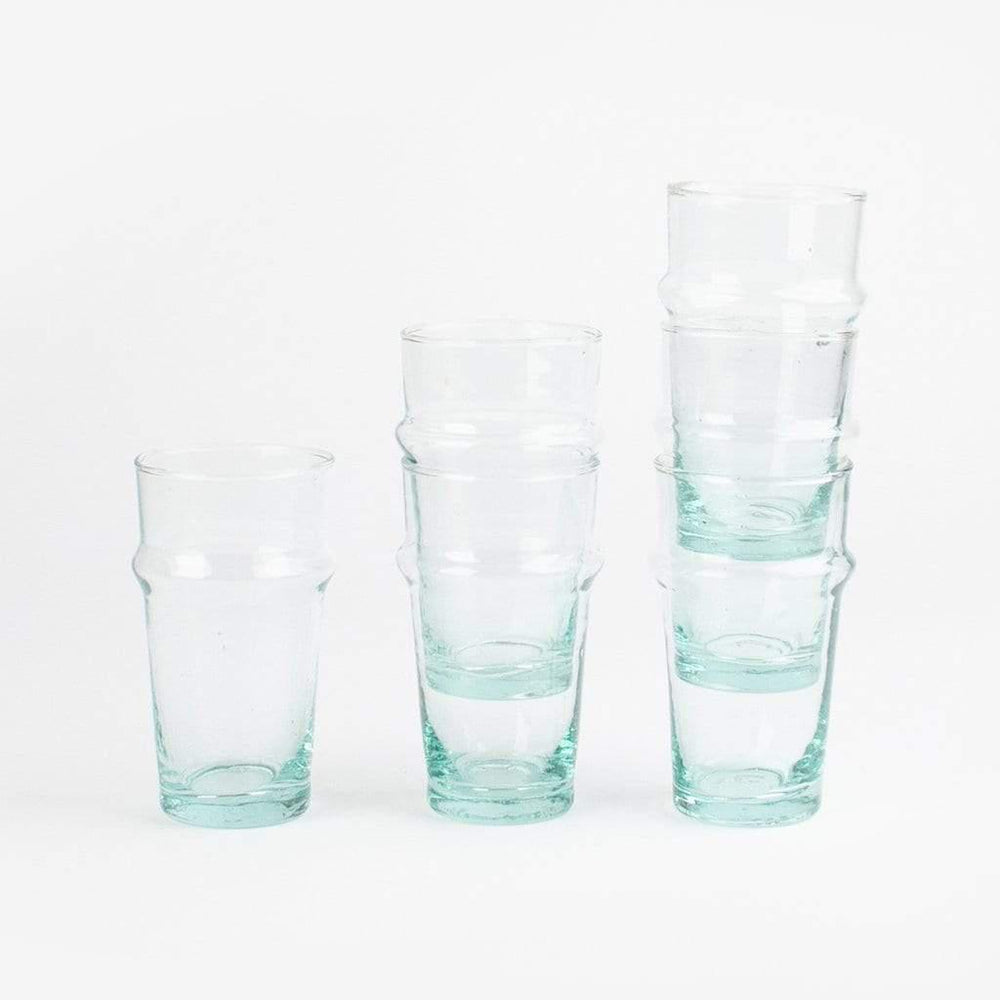


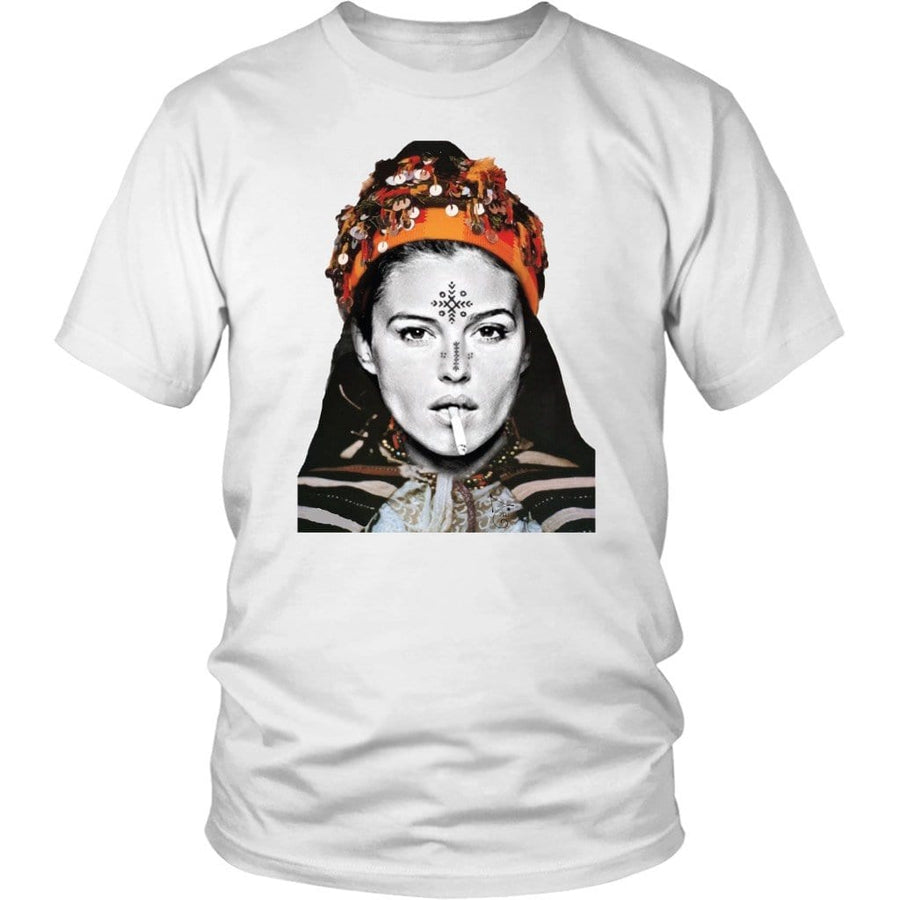
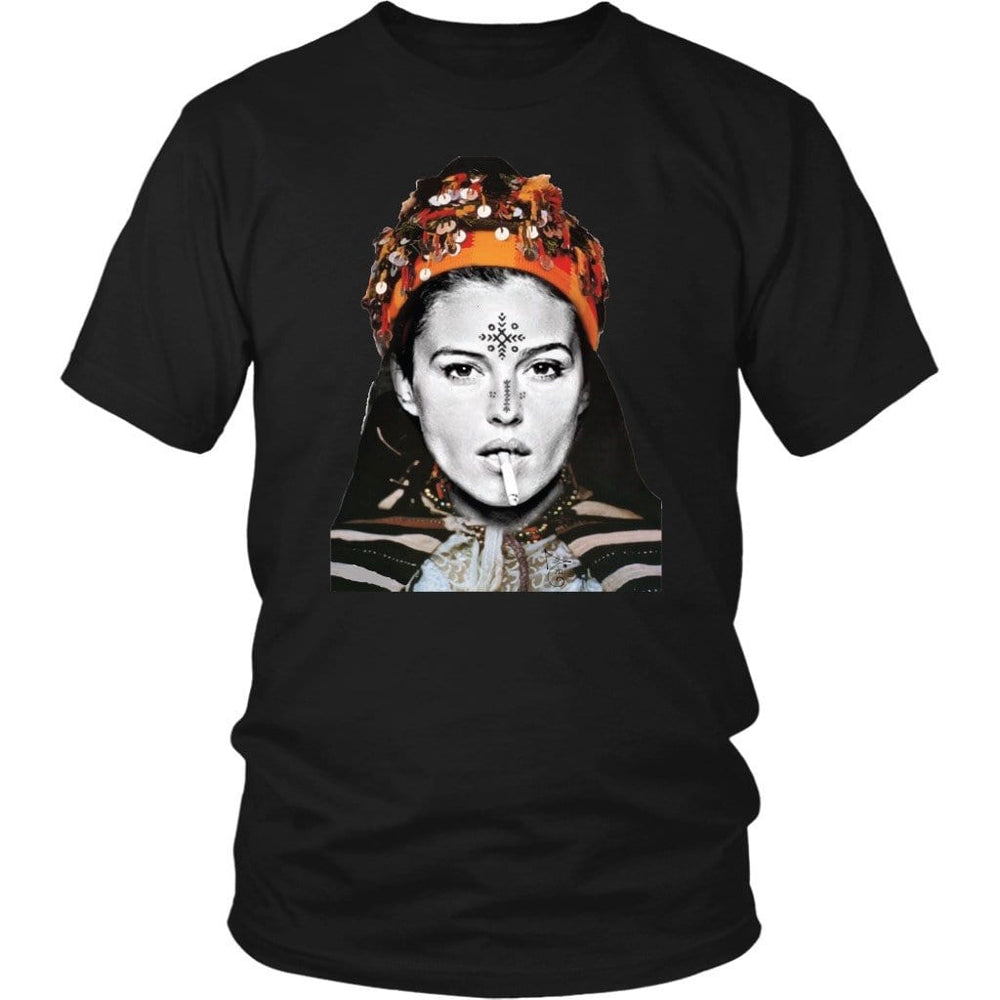
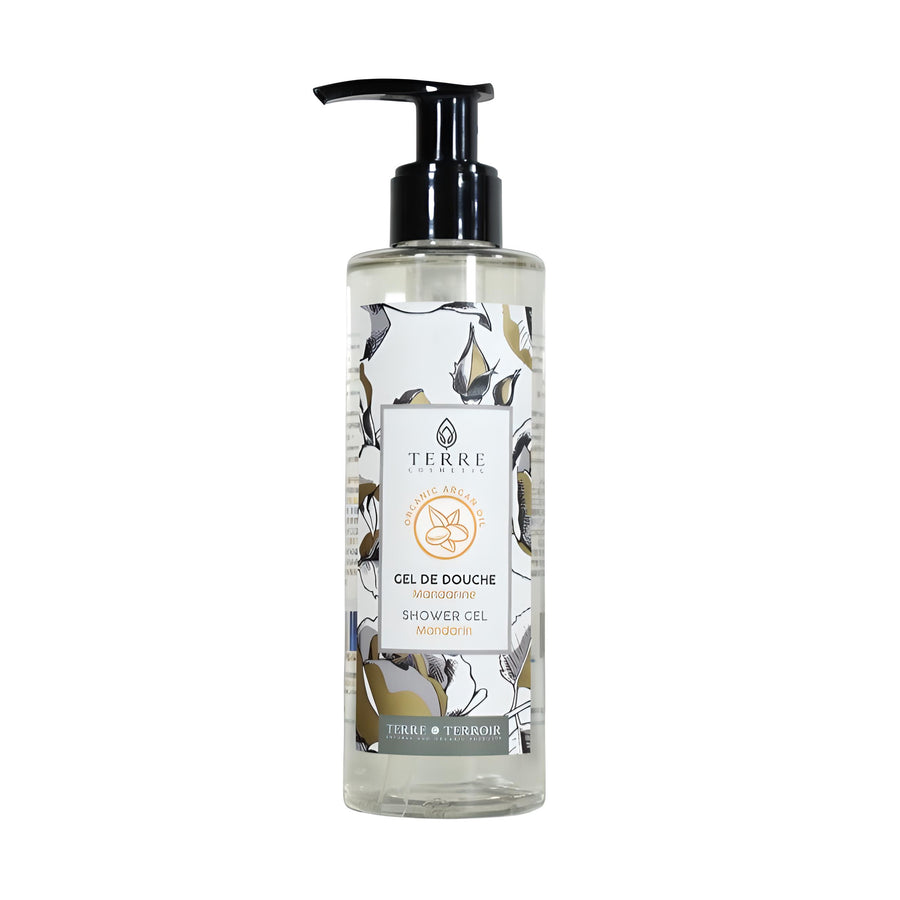
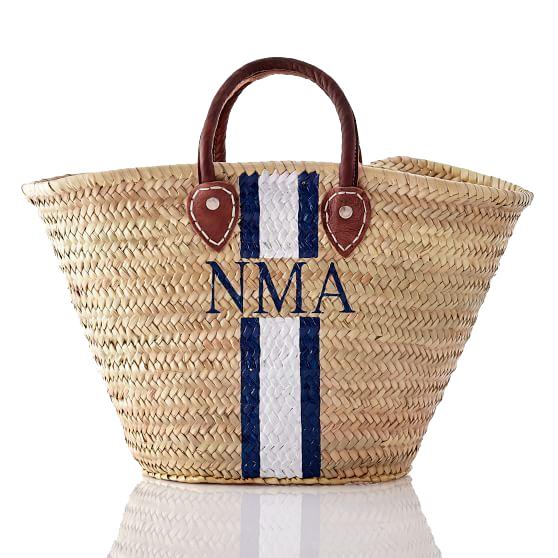
Leave a comment